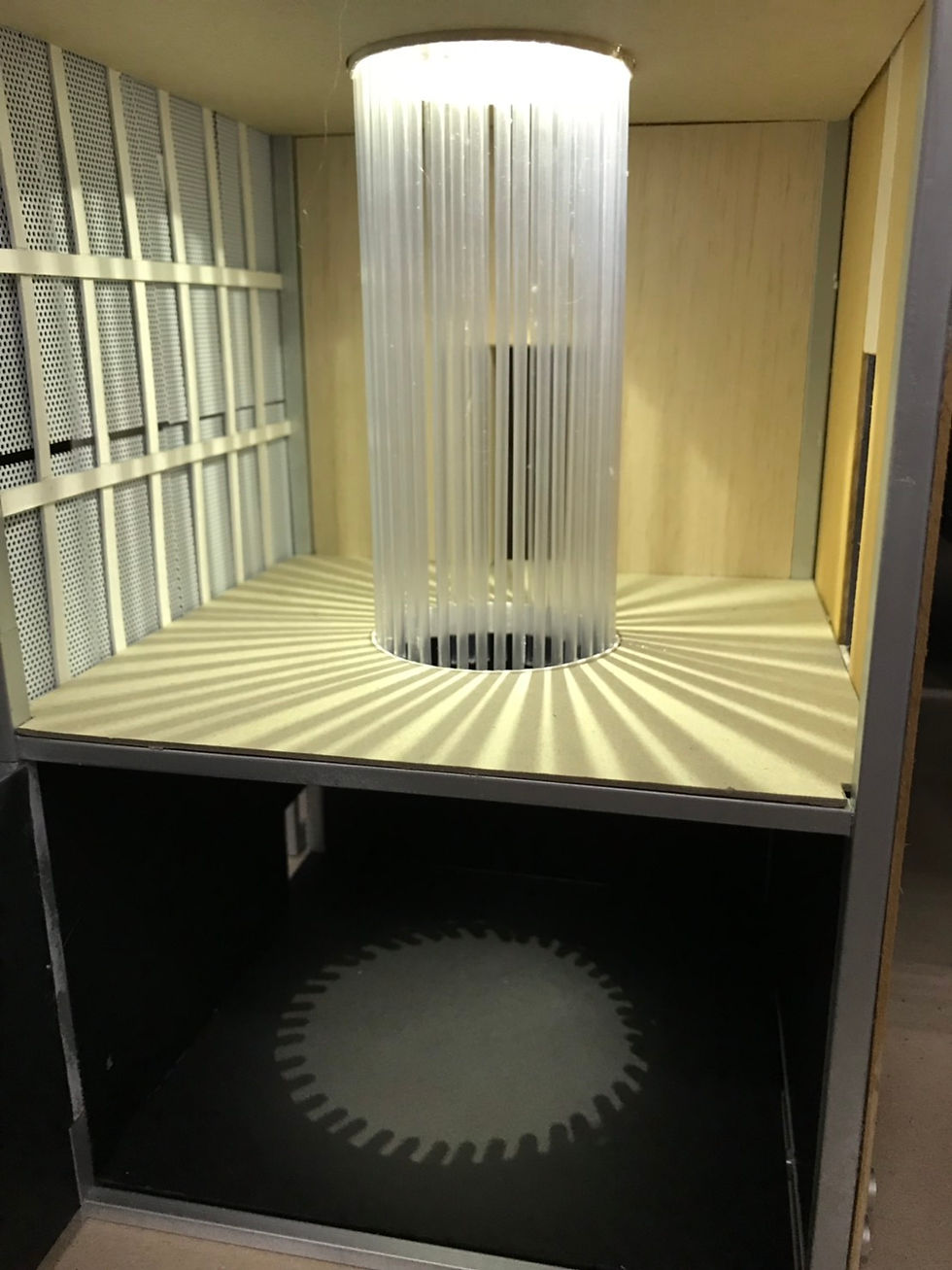
January 04, 2019
TH studio
Designed by Chi-Tat Leong and Ching-Heng Pan
Advicer: Huai-Wen Chang




以台灣目前的現況來說,遍布的都市綠地作為公園使用,但 是因為標準化、規格化造成所有的遊樂設施成了罐頭式的遊具,因 此我們開始思考未來遊具的形式,而我們想以北美館容易迷路的現 況以及美術館本身靜態的空間感去做出發點創作。 北美館本身作為白盒子美術館斷絕了外部環境的關係以及在 內部本身也容易迷失的特性,我們的微建築設計主要以強化美術館 的自明性,置入一個北美館專屬的遊具,並且引入環境線索,以捉 迷藏的方式,讓北美館透過我們的微建築,以一個新的形式,重新 跟北美館的外部環境產生連結;而使用者也能開始以更輕鬆的方式 參與整個北美館的展覽旅程。
In terms of the current situation in Taiwan, the urban green space is used as a park. However, because of the standardization and standardization, all the amusement facilities have become canned-style recreational equipment. Therefore, we began to think about the form of future amusement equipment, and we want to use the North American Pavilion easily. The current situation of getting lost and the static sense of space in the museum itself make a point of creation. As a white box art museum, the North American Pavilion has cut off the relationship between the external environment and the characteristics that are easily lost in the interior. Our micro-architectural design mainly strengthens the self-existence of the museum, puts a special playground in the North American Pavilion, and introduces environmental clues. In a hide-and-seek way, the North American Pavilion re-connects with the North American Pavilion's external environment in a new form through our micro-architecture; users can also begin to participate in the entire North American Pavilion's exhibition journey in an easier way.